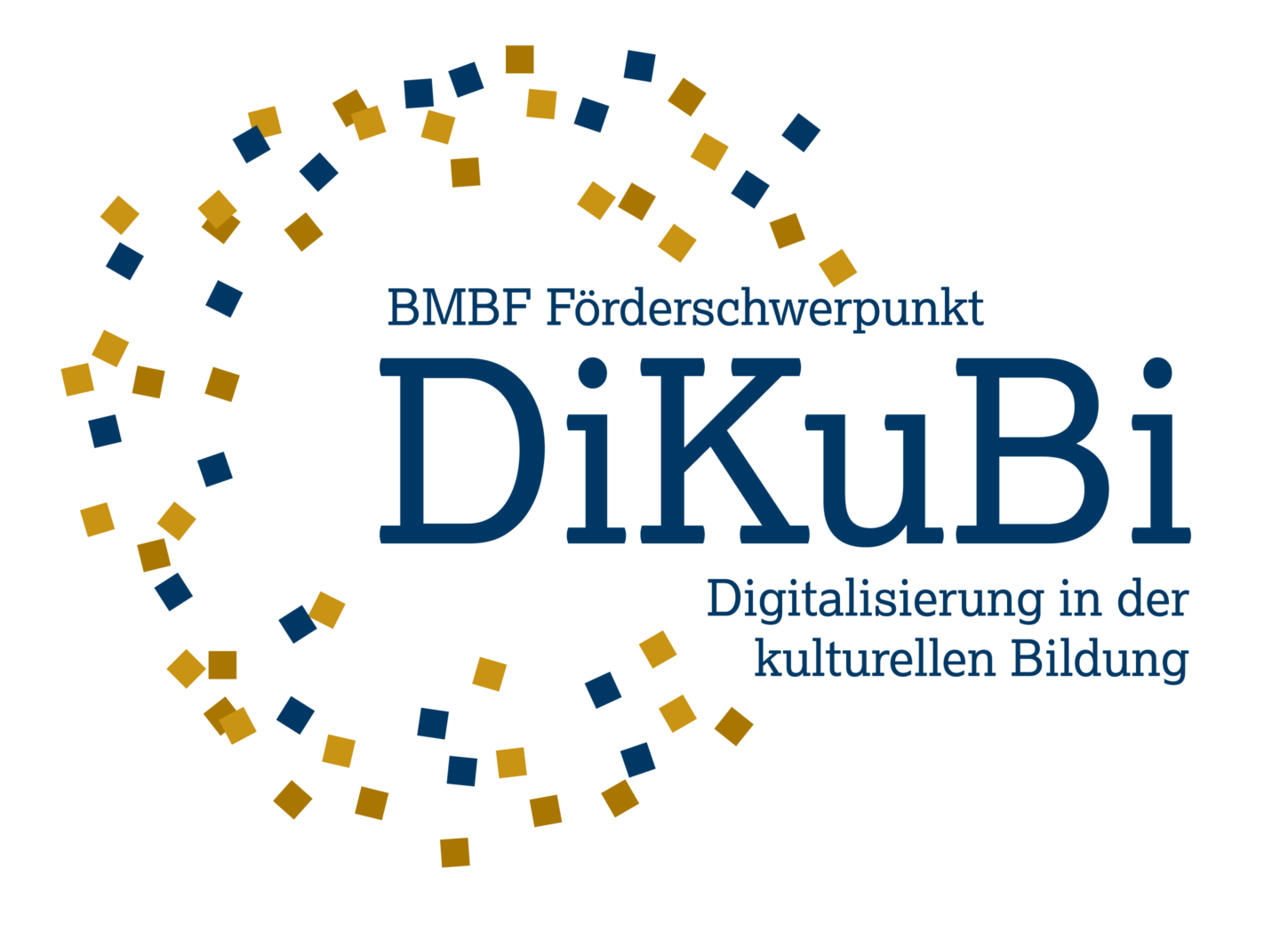GEVAKUB
Design guidelines for virtual exhibition spaces in cultural education
Museums and exhibitions are an essential part of educational services for a broad section of society – public spaces in which cultural education can be experienced. While cultural education can provide facts and an overview, the aesthetic edification that comes from the aura of the authentic is also important. For many people, however, one of the main reasons for visiting a museum or gallery is to enjoy sharing the exhibits with friends and family. Today, not all sections of society use these services in the same way. Some may lack the time or financial resources; others may be unable to reach museums or exhibitions for geographical reasons. Numerous research projects are therefore driving the digitalization of significant artefacts or entire exhibitions. The aim is not only to document cultural heritage but also to make it accessible to a wider audience.
Virtual reality makes it possible to represent learning environments virtually with a visual quality close to reality. Cultural education services become available regardless of time or place. Although some virtual museums do exist, they are not widely used – probably because most visitors see visiting museums or exhibitions as a social experience to be shared with friends, partners or family. This shared experience comes through interaction, communication and reflection on the content seen. Virtual exhibitions are currently unable to support such shared experiences.
The aim of the project is to make cultural education services accessible as participative, social experiences in virtual spaces. To achieve this, it develops guidelines for how to use virtual reality to create cultural learning spaces and, based on didactic principles, establishes instructions for designing intrinsically-motivated learning and transfer activities. Examples of virtual learning spaces that can be experienced with others are implemented to empirically evaluate systematically-developed design hypotheses. These are then used as the basis for developing guidelines for how to design shared learning spaces, how to steer attention through 360° interfaces, and how to present multimodal content in virtual learning spaces.
The joint project GEVAKUB is carried out by the following institutions:
Project management:
- Prof. Dr. Niels Henze, Institut für Visualisierung und Interaktive Systeme (VIS), Universität Regensburg, niels.henze@ur.de
- Prof. Dr. Jochen Koubek, Lehrstuhl Angewandte Medienwissenschaft/Digitale Medien, Universität Bayreuth, jochen.koubek@uni-bayreuth.de
- Prof. Dr. Katrin Wolf, Professorin Fachbereich VI – Informatik und Medien, Beuth Hochschule für Technik Berlin, katrin.wolf@beuth-hochschule.de
Link to the project: https://gevakub.de
